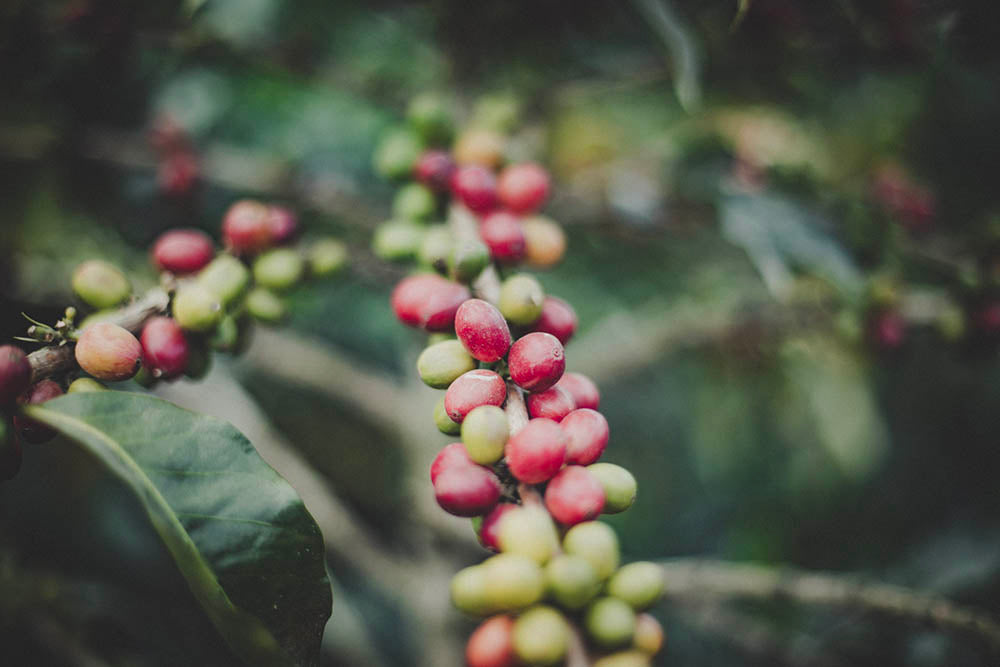Humidity is one of the biggest variables in the processing and storing of coffee beans. Humidity levels can either have the effect of drawing out amazing flavors from the bean, or can be the complete ruin of a bean. For us as coffee buyers, this variable is the first one we have to contend with; there are many.
How Much Moisture is Acceptable?
The necessary humidity point for purchasing coffee beans is not exact. To achieve a good cup we must buy it at between 9.5% and 11.5% humidity. These levels help us to take care of the grain while it is transported and stored. If the grain exceeds these humidity levels, it can provoke the growth of mold; which drastically impacts the taste and quality of a good cup of coffee. Proper levels of moisture content, allow for high cupping scores, balanced acidity and fragrant aromatic notes.
What Role Does ‘Drying’ Play?
The drying process starts at the farm. The coffee beans must be shaken while they are drying at the proper designated time, to achieve the desired results. We, at Progeny, provide technical assistance to our farmers during their drying process, to help them secure being able to sell their harvests. Since once the coffee is packed, if the moisture levels aren’t adequate; it cannot be dried again. The farmer will have to sell their beans in the local market, where selling prices are extremely low. The maintenance and cleanliness of equipment is also of importance. Where there is too much moisture, mushrooms and mold will grow. Moldy beans are known as “stinkers” and they can, for sure, ruin a whole roast.
What Is The Current Challenge?
It has been a challenge for our coffee growers and our team to standardize this process, since the instruments to measure humidity are very expensive. At the moment we’re developing new techniques and technologies to provide our growers with new and more affordable options, so they can begin to standardize the process. When it comes to specialty coffee, no detail is too small. Another challenge we’re currently contending with, is that often farmers are drying their coffee too quickly and this makes the grain on the outside look dry but it remains moist on the inside. This creates a big potential for mold contamination.
